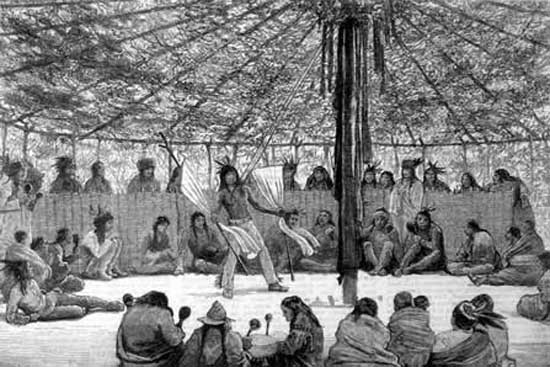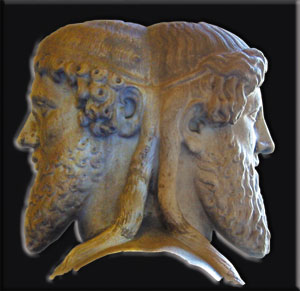I wonder what Ovid would think of this shirt.
The displacements stories written
by my fellow classmates were enjoyable and for the most part suspenseful. Most
all of them maintained a nice balance so as to give clues of the related myth
but to also not give it away. One of the commonalities among many of the
stories was the high school setting and high school relationship issues. I
wonder if this is due to the highly dramatic scenes that are typical in
real-life high schools. Then again, Ovid’s stories typically do involve many
older people, often the characters depicted in his writing are in their prime
age of life.
Many of the stories had a lot of
little details. I think this helps the reader to become more invested in the
story so that the shocking ending is effective. Sometimes the details were
unconnected to the myth, but at other times a certain verb or adjective would
blatantly relate to a myth, if the mythic detective is awake. To the everyday
eye, those words are unnoticed or simply deemed awkward in the writing. This
makes me much more appreciative of Mr. Nabokov’s writing because the
descriptive words he used enriched the story for the average reader and even
more for the mythic detective.
I think I read two stories that
ended happily, and this is reflective of the predominance of myths ending in an
unfortunate way. As I think of books or movies that I have interacted with, I
can say that for the most part they end in a favorable ways—even if the hero
dies, it is an honorable death. And then I think of the news and how depressing
it can be. It is the minority of news that is actually encouraging. There is
obviously many differences between myths and the news, but I think that the significance
of individual words and the detail that causes the reader to sympathize with
the characters that causes myths to be powerful and long-lasting, as opposed to
rumors or bad news. The endings of myths are more often similar to the news
reports, whereas the build-up and the meaningfulness of myths are similar to
movies and books. This is just a thought; I will have to keep considering it.

.jpg)









